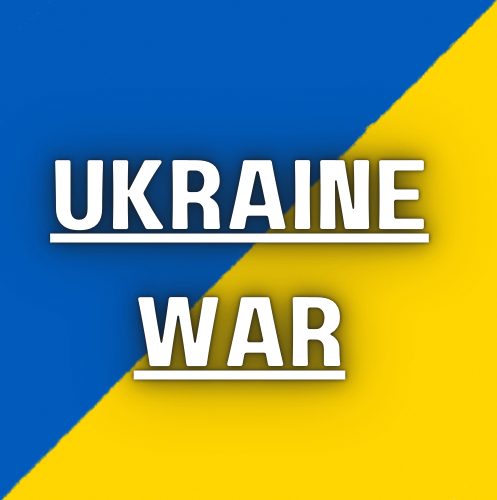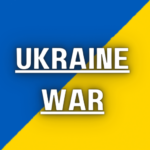The KGB (Committee for State Security) was a vast and complex organization with several directorates, divisions, and departments that handled various aspects of state security, intelligence, and political control. Here’s a breakdown of the major KGB organizations and directorates:
1. First Chief Directorate (FCD) – Foreign Intelligence
This was one of the most important branches of the KGB, responsible for foreign intelligence operations.
• Espionage: Conducted espionage against Western countries and collected political, military, economic, and scientific intelligence.
• Active Measures (Dezinformatsiya): Engaged in disinformation campaigns, influence operations, and covert actions to weaken the influence of adversaries.
• Recruitment of Agents: Identified and recruited foreign spies and informants to serve Soviet interests.
2. Second Chief Directorate – Internal Counterintelligence
This directorate focused on counterintelligence operations within the Soviet Union to prevent foreign intelligence services from infiltrating the country.
• Surveillance of Foreigners: Monitored diplomats, tourists, and foreign visitors in the Soviet Union.
• Internal Security: Identified and neutralized internal threats such as spies, dissidents, and political opponents.
3. Third Chief Directorate – Military Counterintelligence
The KGB’s third directorate was responsible for monitoring and maintaining loyalty within the Soviet military.
• Counterintelligence in Armed Forces: Prevented foreign espionage within the Soviet armed forces.
• Political Surveillance: Ensured that Soviet military officers and personnel remained loyal to the Communist Party.
4. Fourth Directorate – Transportation Security
This branch was responsible for ensuring the security of the Soviet transportation network.
• Railroads, Airports, and Seaports: Conducted surveillance and counterintelligence operations at transportation hubs.
• Preventing Sabotage: Secured transportation infrastructure from sabotage or espionage threats.
5. Fifth Chief Directorate – Ideological Counterintelligence
The Fifth Directorate played a critical role in political control and suppression of dissent.
• Suppressing Dissidents: Monitored and harassed political dissidents, intellectuals, artists, and anyone deemed a threat to Soviet ideology.
• Surveillance of Religious and Nationalist Movements: Watched over religious groups, nationalist movements, and ethnic minorities to prevent unrest.
6. Sixth Directorate – Economic Counterintelligence
This directorate protected the Soviet economy from espionage and sabotage.
• Industrial Espionage: Protected key Soviet industries from foreign espionage.
• Technology Theft: Engaged in efforts to steal Western technology to boost the Soviet economy.
7. Seventh Directorate – Surveillance
The Seventh Directorate was responsible for technical surveillance and tailing suspects.
• Electronic Surveillance: Conducted wiretapping, bugging, and other forms of electronic surveillance.
• Physical Surveillance: Managed teams of operatives who would tail suspects and observe targets.
8. Eighth Chief Directorate – Signals Intelligence (SIGINT) and Cryptography
This directorate handled electronic intelligence, communications security, and cryptography.
• Intercepting Communications: Intercepted and decrypted foreign communications.
• Cryptography: Managed Soviet cryptographic systems to secure Soviet communications from foreign intelligence agencies.
9. Ninth Directorate – Government and Leadership Security
This was the protection service responsible for guarding top Soviet leaders, including the General Secretary, Politburo members, and high-ranking officials.
• Bodyguard Services: Provided physical protection for Soviet leaders and their families.
• Leadership Security: Secured government buildings, such as the Kremlin.
10. Tenth Directorate – Archives and Records
This branch maintained extensive files and archives on individuals both within the Soviet Union and abroad.
• Classified Records: Managed sensitive state records, personnel files, and documentation related to intelligence operations.
11. Border Troops Directorate
The KGB was responsible for securing the Soviet Union’s borders. This directorate managed the border guard units.
• Border Security: Prevented illegal border crossings, smuggling, and infiltration by foreign spies.
• Patrol and Defense: Secured both land and maritime borders through patrols and other operations.
12. Operational Technical Directorate
This branch was responsible for developing technical tools and devices used by the KGB.
• Spy Gadgets: Designed listening devices, cameras, and other covert tools used in espionage and surveillance.
• Technical Operations: Provided technical support for KGB operatives during missions.
13. Special Operations Directorate (Spetsburo or Spetsnaz)
This unit conducted covert special operations that were too sensitive or dangerous for regular operatives.
• Assassinations and Sabotage: Engaged in covert actions, including assassination attempts on political enemies or sabotage operations abroad.
14. Investigative Directorate
This unit investigated cases involving state security, including counterintelligence cases and high-level political crimes.
• Interrogations and Trials: Responsible for conducting interrogations and preparing cases for prosecution or political trials.
15. Department of Special Communications
This department was tasked with securing high-level communications between Soviet leaders and ensuring that sensitive messages were not intercepted.
Conclusion:
The KGB was a vast and multifaceted organization that penetrated nearly every aspect of Soviet life and played a central role in state control and international espionage. Its directorates allowed it to perform a wide range of intelligence, security, and counterintelligence operations, both domestically and abroad, making it one of the most powerful security agencies in modern history.
Ukraine war understanding © 2024 by Naccache Louann is licensed under Creative Commons Attribution-NonCommercial-NoDerivatives 4.0 International



